Table of Contents
Interaction Between Organisms:
Primary necessities of life- food, protection and reproduction, give rise to interactions between organisms. In a community, the interaction between organisms evolves different kinds of relationships i.e. Predation, Parasitism, Scavenging, Commensalism, Mutualism and Competition.
Predation:
There exists a direct food relationship between the two organisms when one organism eats the other. This relationship is known as predation and the two organisms, the eater and the eaten are referred to as predator and prey, respectively. We know that the lion eats deer and the cat eats rats. In these instances, the predator-prey relationship exists between the lion (predator) and deer (prey) on one hand and the cat (predator) and rats (prey) on the other. In a stable community, the predation checks the prey population so that it may not exhaust the resources on which the predator population depends for existence.
Parasitism:
When one organism lives on or inside the body of another organism, there exists a food relationship between two and this relationship is called parasitism. The former organism is called the parasite while the latter is known as host. A parasite living on the host is called ectoparasite (example– lice and ticks) while living in the host is called endoparasite (example– worms). The knowledge of parasitism has helped a man to control the pests biologically.
Scavenging:
Food relationship between dead animal and its eater or consumer is known as scavenging. The eater of the dead animal is called scavenger. The important examples of scavengers are hyaenas, vultures and jackals. The scavengers clean the dead animal debris and, thus, provide best sanitary services to forests, villages and towns.
Commensalism:
Commensalism is the relationship between two organisms when one is benefited and the other remains unaffected. Sea-anemone (benefited) and hermit crab (unaffected), epiphytes (benefited) and trees (unaffected) are important examples of commensalism.
Mutualism:
Mutualism is a relationship between two organisms where both get some benefits. There are many examples of mutualism. Some important examples are-
- The tick bird feeds on the skin parasites of the rhinoceros who gets relief.
- The symbiotic forms of bacteria such as Rhizobium living in the root nodules of leguminous plants fix nitrogen for the use of plants and in turn, get nourishment from the plants.
- The insects like bees, butterflies and ants drink the nectar of flowers and in doing so they pollinate the flowers.
Competition:
Various kinds of organisms, requiring the same type of environment and hence living together in the same community, compete among themselves for the available supplies. Competition may be intraspecific competition or interspecific competition. Intraspecific competition is the competition among the members of the same species and Interspecific competition is the competition among the members of different species. Plants have the poor competitive ability but even then they compete in a close community, for water and minerals from the soil and light from the atmosphere. Animals compete among themselves for food, shelter and mate.
Competition, generally, maintains a balance between the resources and the number so that all the populations of the community can thrive.
- Difference Between Respiration and Photorespiration
- What is Occupational Lung Disease and Asthma?
- Process of digestion in human beings
- Components of Blood
- Human Heart Important Facts
- Mechanism or Working of Heart (Cardiac Cycle)
- Human Lymphatic System
- Nervous System
- Chemical Coordination in Plants & Animals
- Tissues [Plant and Animal Tissues]
- Distinctive Characters Of Birds
- Nitrogen Metabolism– NIOS
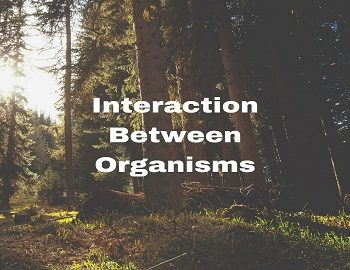
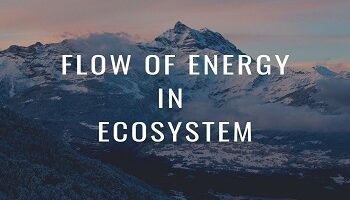
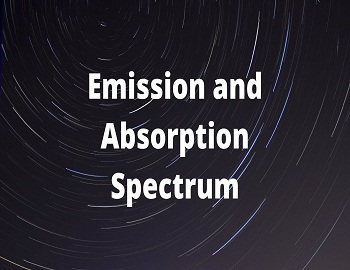
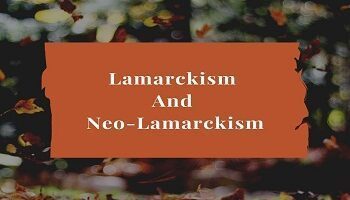


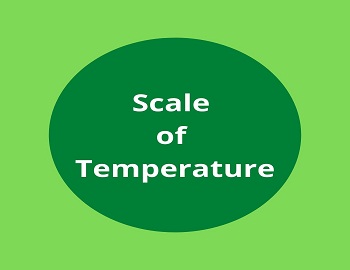


Comments (No)